Eythrope's extraordinary snowdrops, and more winter treasures galore
Nowhere else can gardeners see rare named snowdrops growing in such measureless drifts as in the Rothschilds’ private garden at Eythrope in Buckinghamshire, finds Mary Keen.Photographs by Clive Nichols.
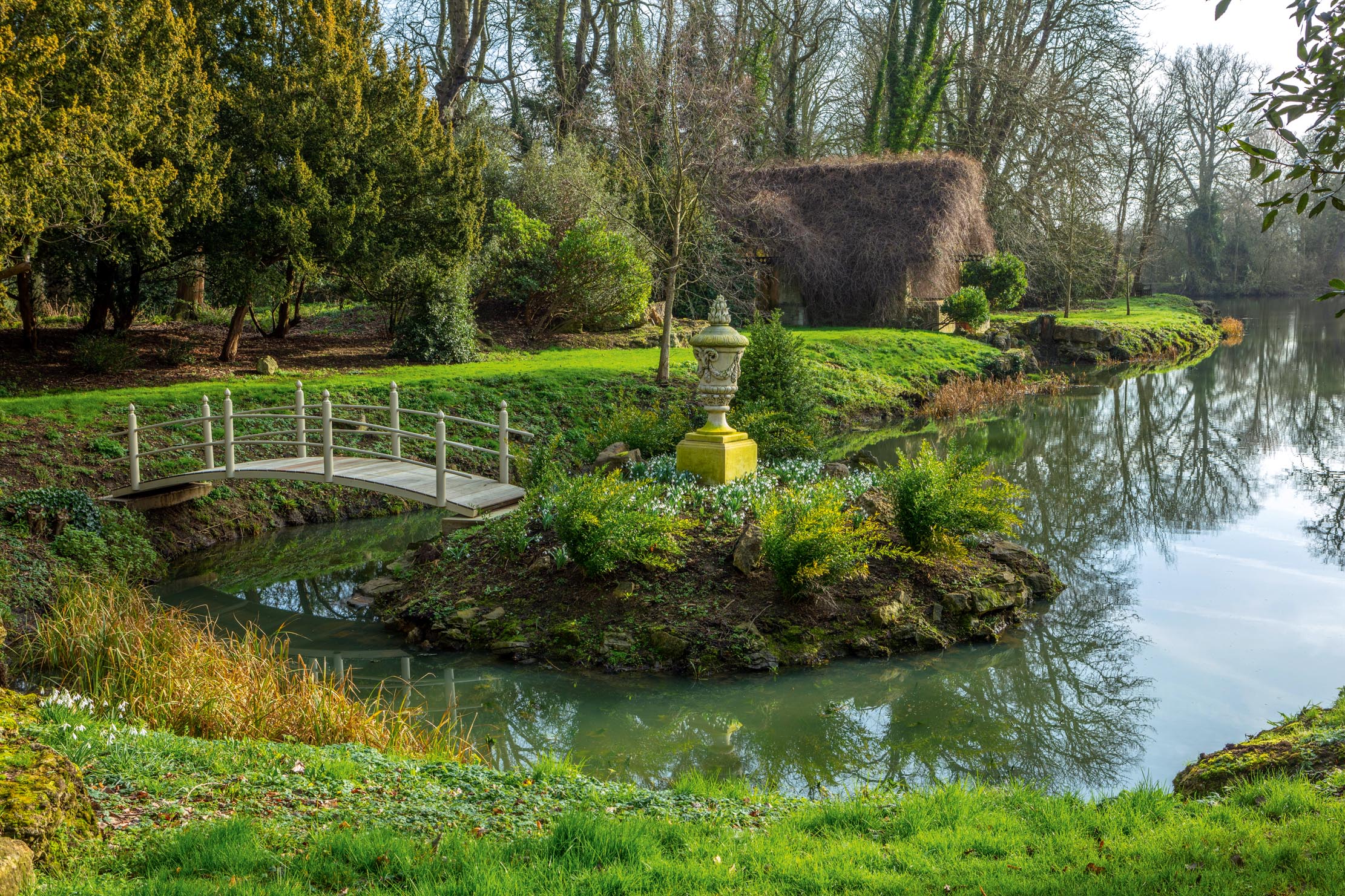
Snowdrops have always been favourite Rothschild flowers. Miss Alice, the sister of the first Baron Rothschild of Waddesdon Manor in Buckinghamshire, planted quantities of wild snowdrops in her own garden at Eythrope Park, which lies within the manor’s demesne. (This year sees her centenary, which will be celebrated in many different ways.)
Some of her naturalised bulbs still survive, but over the past 22 years, ever since Miss Alice’s garden was re-created for her descendant Lord Rothschild, numerous special forms of the familiar wildling now cloak the grass of Eythrope Park.
In 2022, the sight of the extraordinary profusion of snowdrops in Lord Rothschild’s private garden at Eythrope offers gardeners a rare treat. After being introduced in the early 1990s, snowdrop varieties, which most people plant in little cherished colonies can now be found growing in measureless drifts. The numbers are still growing, doubling their quantities every year; the exponential ability to multiply comes naturally to snowdrops.
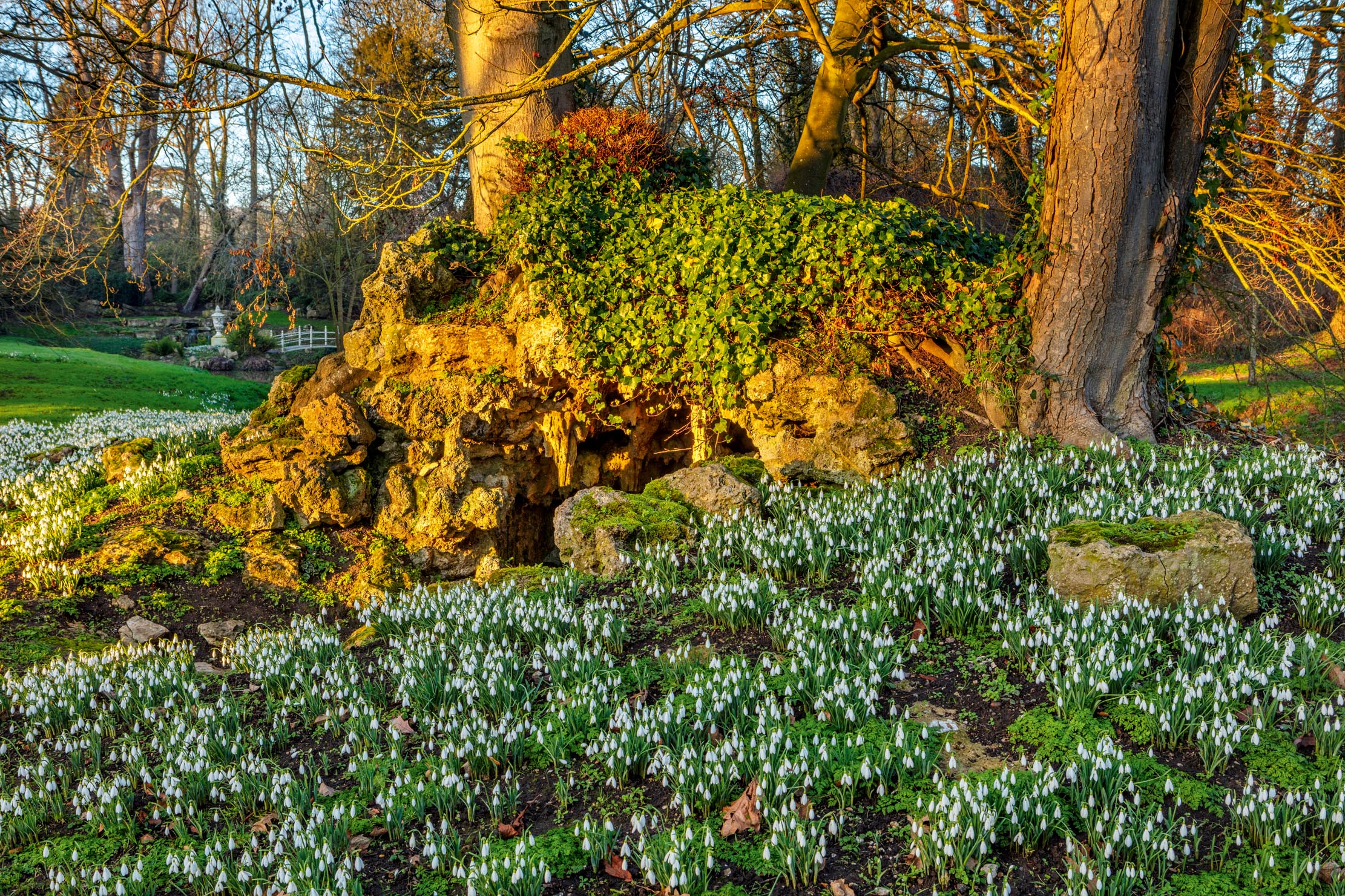
We have all seen the common Galanthus nivalis in sheets of white covering wild places and it is not unusual to find G. ‘Atkinsii’, or G. plicatus ‘Augustus’ doing well in grassy churchyards or gardens. What I have never seen anywhere, except at Eythrope, is groups of named snowdrops covering as many as 100 square yards at a time. The exuberant expanses of ‘Mrs Macnamara’, ‘Limetree’, ‘Magnet’, ‘S. Arnott’, ‘Jacquenetta’ and ‘Ophelia’ growing in grass are an astonishing sight.
Sue Dickinson, the first and legendary head gardener for Lord Rothschild at Eythrope, was a true galanthophile. A regular guest at snowdrop lunches, where connoisseurs gather, she bought, swapped or was given named bulbs in ones and threes at a time. Provenance was her first consideration, because snowdrops can vary so much. If you buy from an unreliable source, the named ones can often turn out to be an inferior form. Colesbourne, Marchants, Avon Bulbs and North Green Snowdrops are among the best suppliers for the rarer hybrids.
During the early years of the garden’s revival, the Eythrope bulb colonies in flower beds that were increasing fast were divided and replanted regularly, so that one became two, then four, then eight... Once there was no more room for them in the beds, the really good doers were planted in the park.
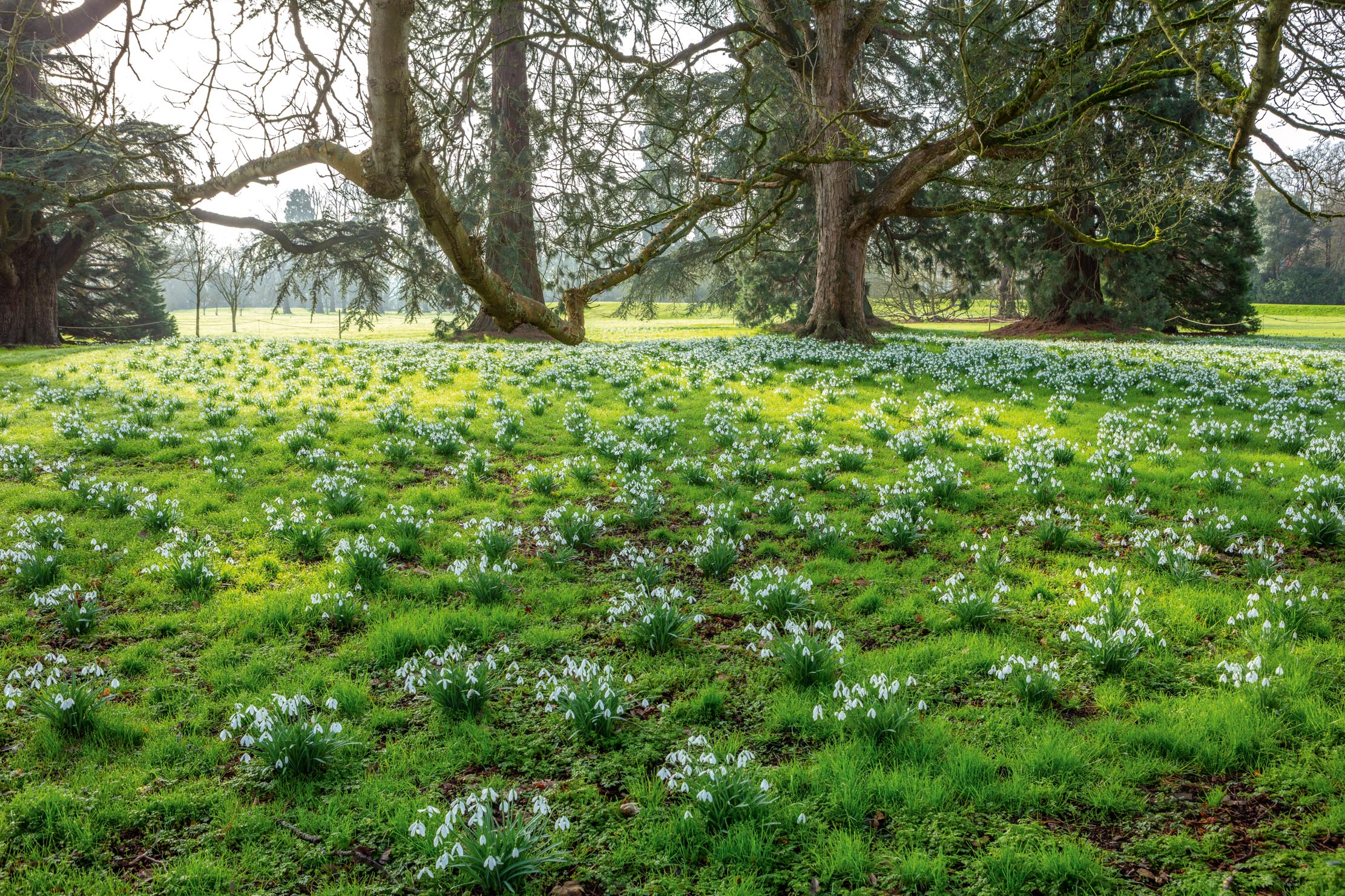
Miss Dickinson’s successor Suzie Hanson, who took over in 2015, has continued to invest in snowdrop futures, by carrying on the work of division and replanting, so that thousands of February flowers now glisten in the grass. It may help that the soil near the river where they grow is fairly moist, but what has certainly contributed to such a spectacular display is the regular lifting and dividing of bulbs.
Sign up for the Country Life Newsletter
Exquisite houses, the beauty of Nature, and how to get the most from your life, straight to your inbox.
At Eythrope, this is done in the green, after the flowers fade. John Grimshaw, the snowdrop expert, suggests dividing snowdrops is better carried out when the bulbs are dormant, but this is simply not possible if they are growing in grass. They need to be labelled and planted in flower beds for that. Summer is such a busy time anyway that it suits most gardeners to do it sooner. The very last cut of the grass takes place when the leaves are cleared, although this sometimes means that the tips of ‘Mrs Macnamara’ have already appeared.
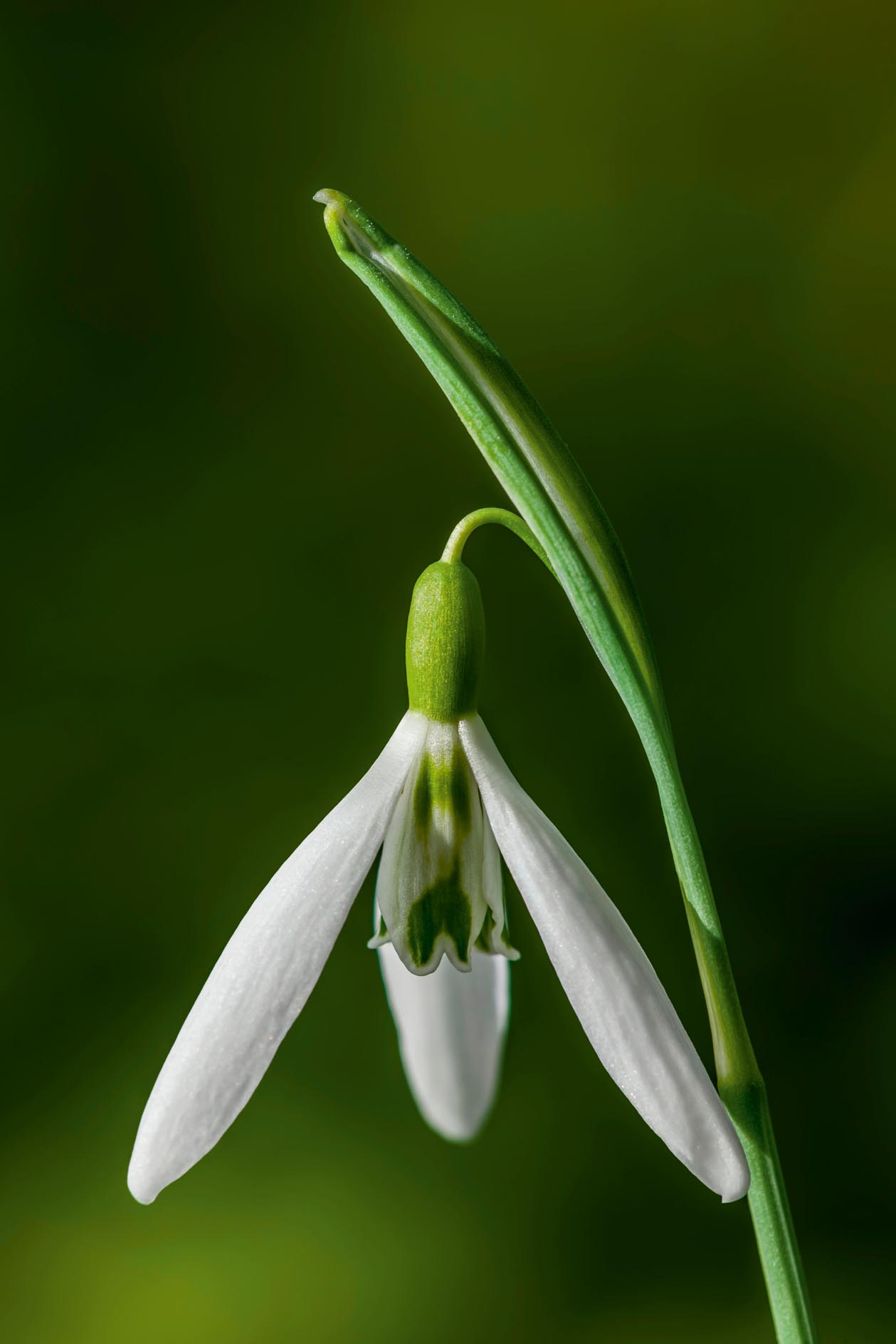
If I had to choose one snowdrop to naturalise, it would be ‘Mrs Macnamara’. The fact it was named after Dylan Thomas’s mother-in-law gives this large, long-flowering elwesii an added charm. Last year, in my high Cotswold garden, it was out for Christmas. I know from experience that it is one of the fastest of all to increase, too — the original Eythrope stock was six bulbs. They are listed at about £10, not cheap, but what an investment.
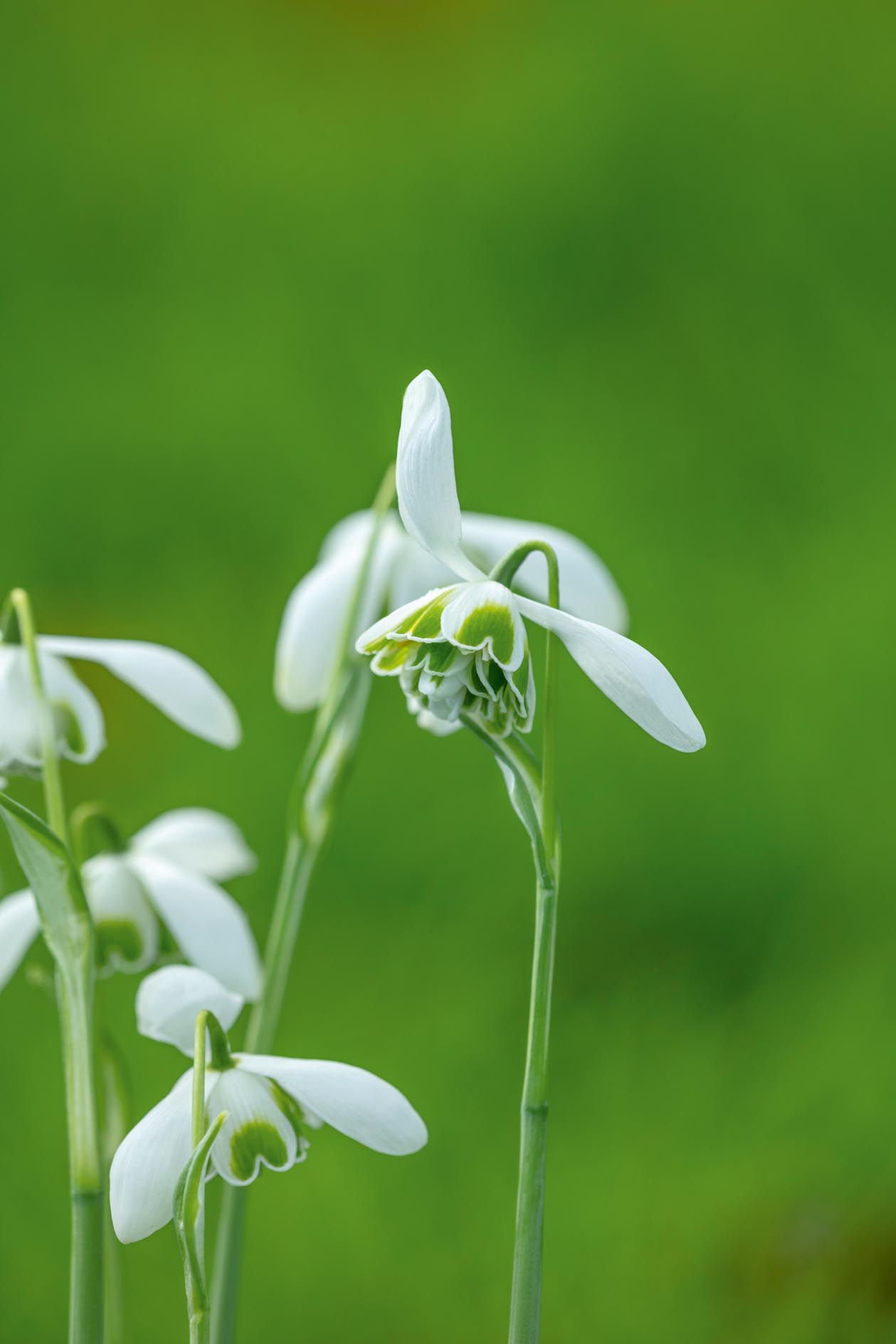
Double snowdrops are showy in grass, so ‘Jacquenetta’, which flourishes at Eythrope, would be another good choice for naturalising. Honey-scented ‘S. Arnott’ would always be on my list to grow, usually a less expensive option than ‘Mrs M’.
For those new to galanthomania, there are more than 70 varieties of snowdrops planted at Eythrope and many other rarities are in big groups. The park is a terrific place to go if you want to study which snowdrops appeal to you, before you start to shop. The head gardener’s current favourite is the curious G. ‘Wasp’, because, she says, the long outer perianth petals make it move like an insect whenever the wind is blowing.
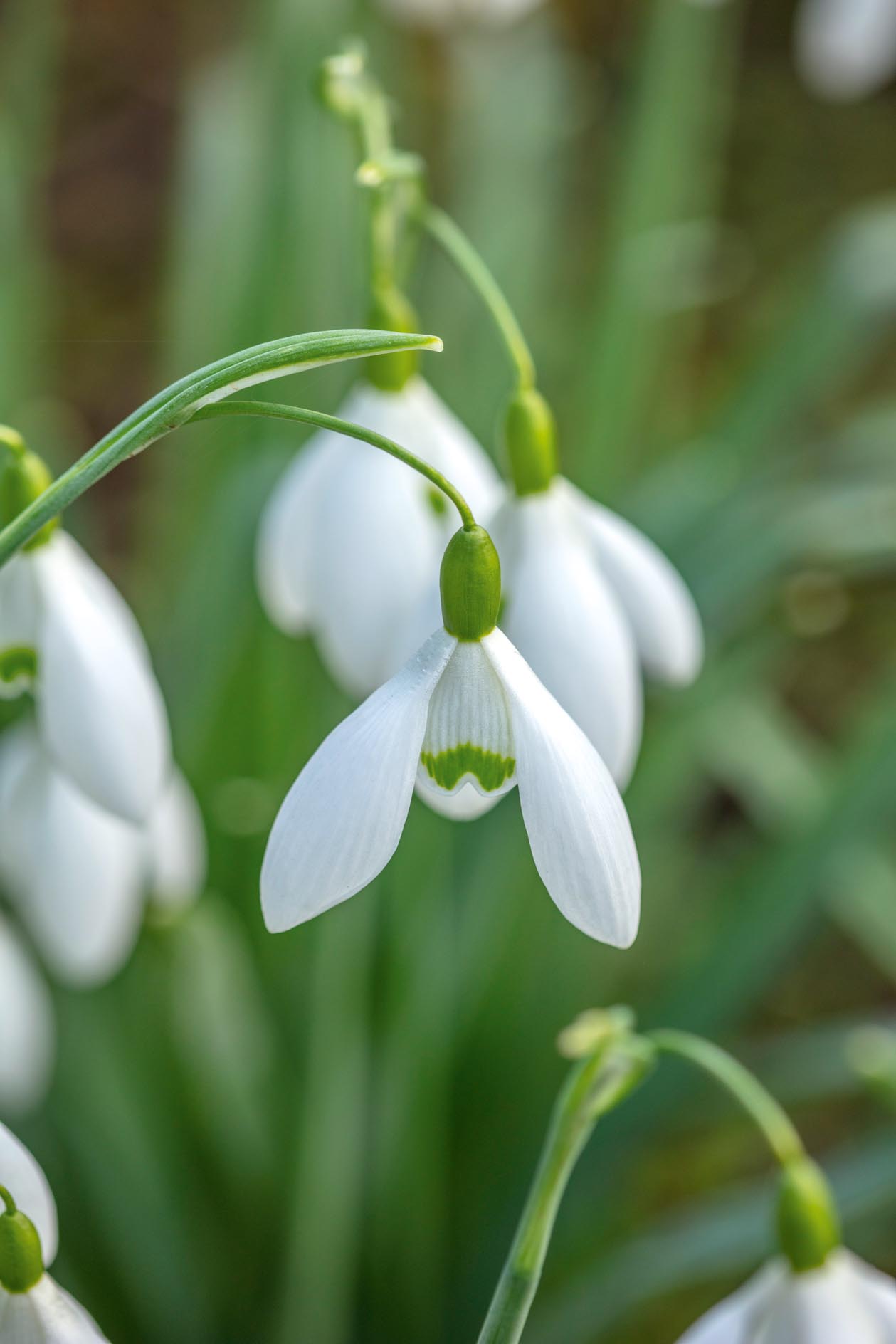
A garden visit in winter can be a tonic and, as well as snowdrops, the Eythrope garden has hellebores and winter treasures galore. There are sheets of silvery-blue Crocus tommasinianus and the scent of witch hazel hangs in the air. For an extra snowdrop fix, there is another unparalleled display of the wild snowdrops, which Miss Alice would have known and loved, at Waddesdon Manor itself. After Lady Rothschild died in 2019, 83,000 of her favourite flowers were planted as a memorial. They, too, will have increased exponentially and will provide an unmissable proof of one family’s 100-year-long love affair with the snowdrop.
Eythrope Park, Buckinghamshire, is open to the public. Visit www.waddesdon.org.uk
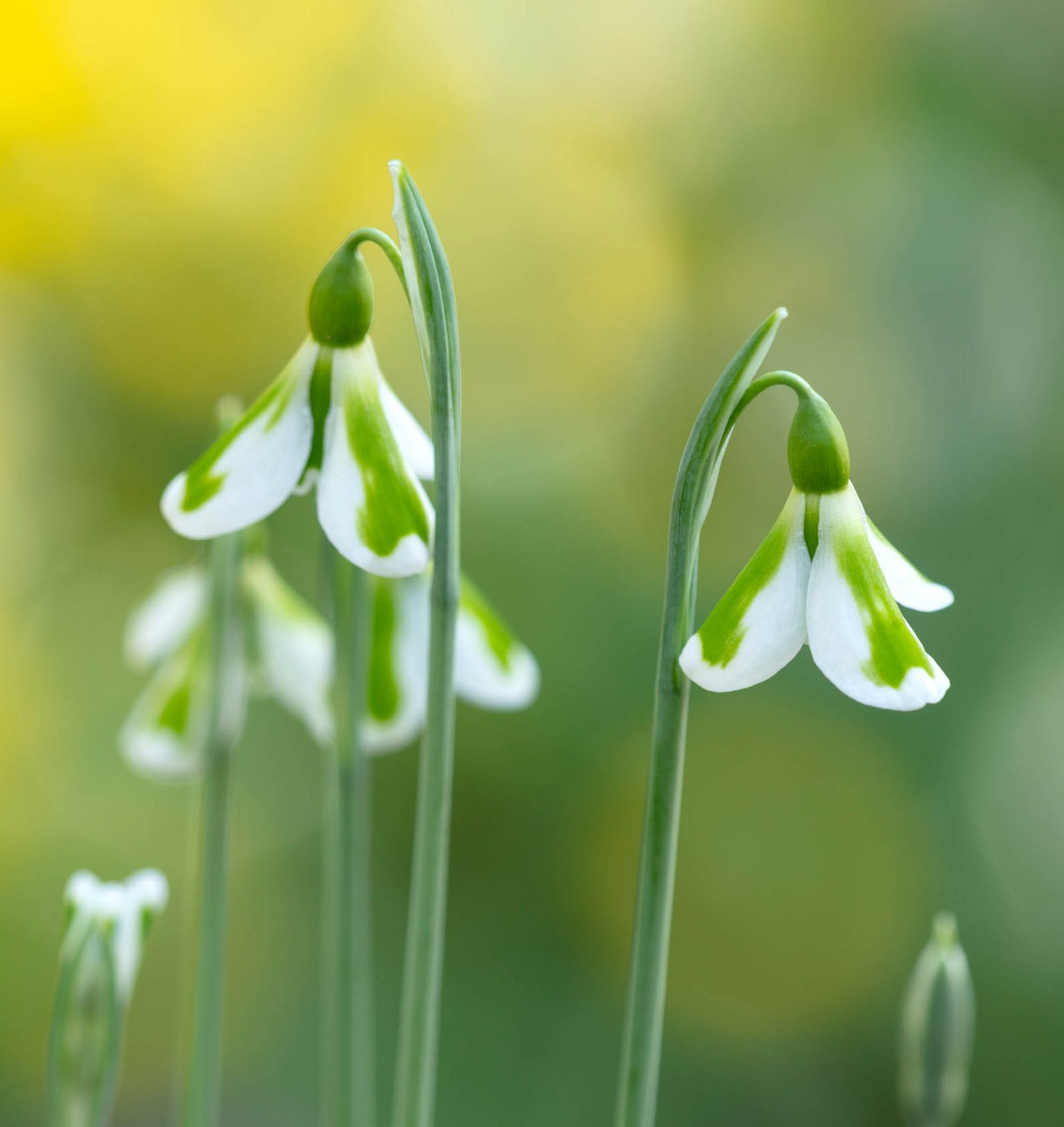
Joe Sharman, the 'King of Snowdrops', and the tale of the most expensive snowdrop ever sold
Joe Sharman started breeding snowdrops before anyone else and, after 10 years of meticulous work, he created the most expensive
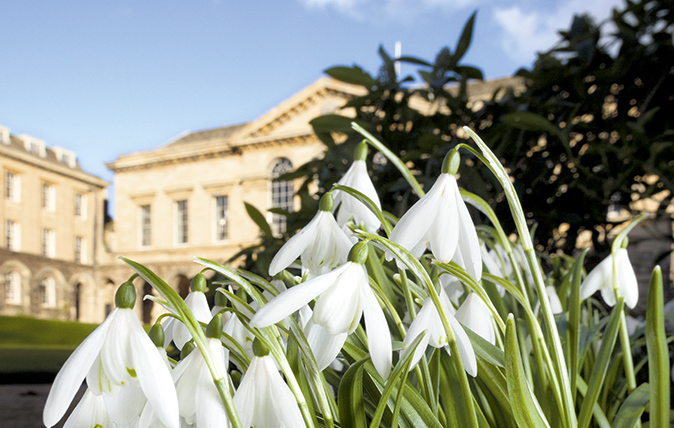
The snowdrops of Oxford: How the city fell in love with winter's most entrancing flowers
The city of Oxford has long been a destination for snowdrop enthusiasts and one of the university’s colleges displays its
-
 A villa from paradise on Koh Samui where the pool might be bigger than the house
A villa from paradise on Koh Samui where the pool might be bigger than the houseSituated on the Samujana Estate, a filming location for the White Lotus, Villa 24 has got it all
-
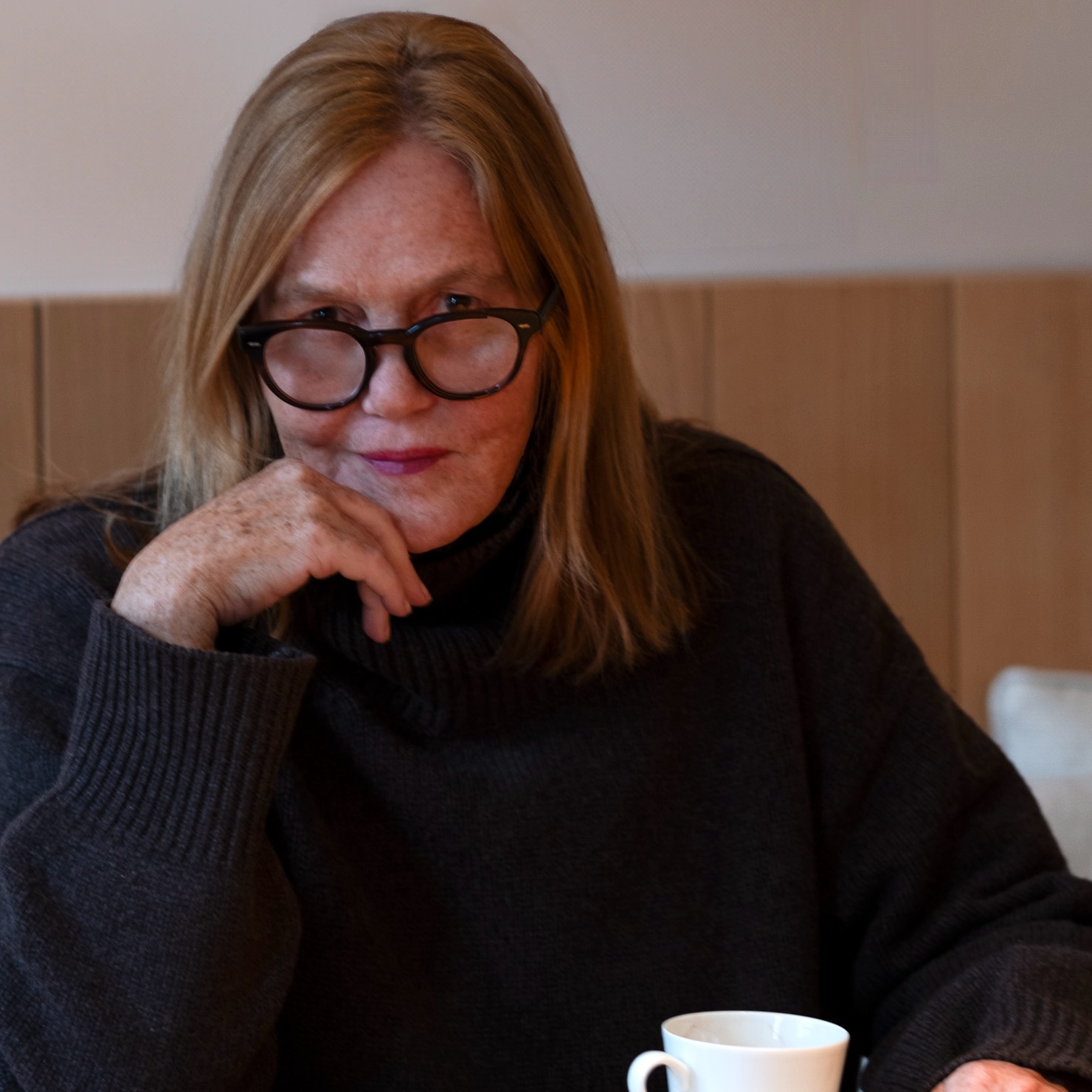 ‘Greece — it’s eternal and makes me feel ancient and youthful at the same time’: Isabel Ettedgui’s Consuming Passions
‘Greece — it’s eternal and makes me feel ancient and youthful at the same time’: Isabel Ettedgui’s Consuming PassionsThe owner of Connolly reveals what she would take to a desert island and why she once waited four years to get a supper reservation.
